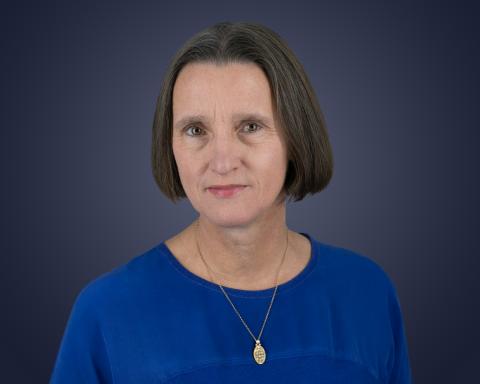Worse before better for some: European mobile in Q3 2025
18 December 2025European service revenue growth dipped to -0.5% in Q3 as SFR’s woes took their toll and ongoing pressure in Germany weighed.
The more constructive pricing environment in Germany was short-lived, with O2 stepping up its aggressiveness since September.
For some, competitive intensity is worsening ahead of a consolidation solution, but the Italian and Spanish markets are showing healthier signs.

